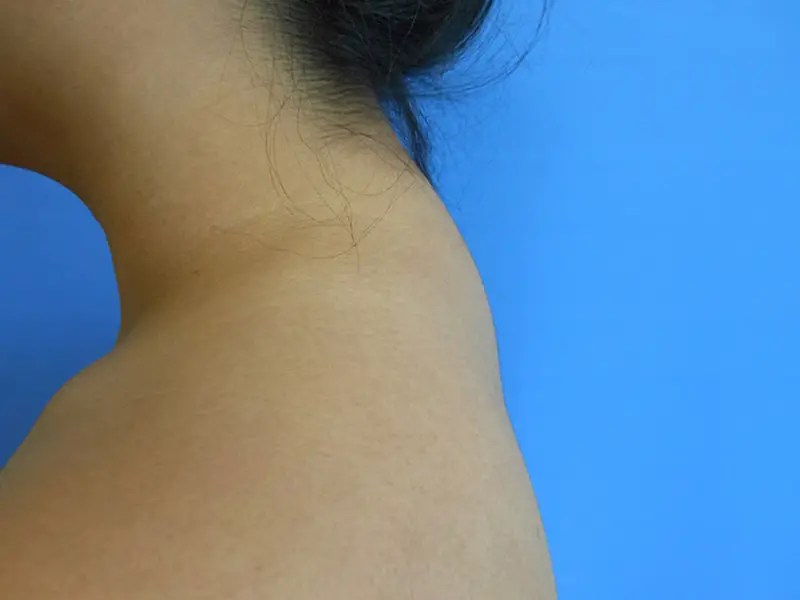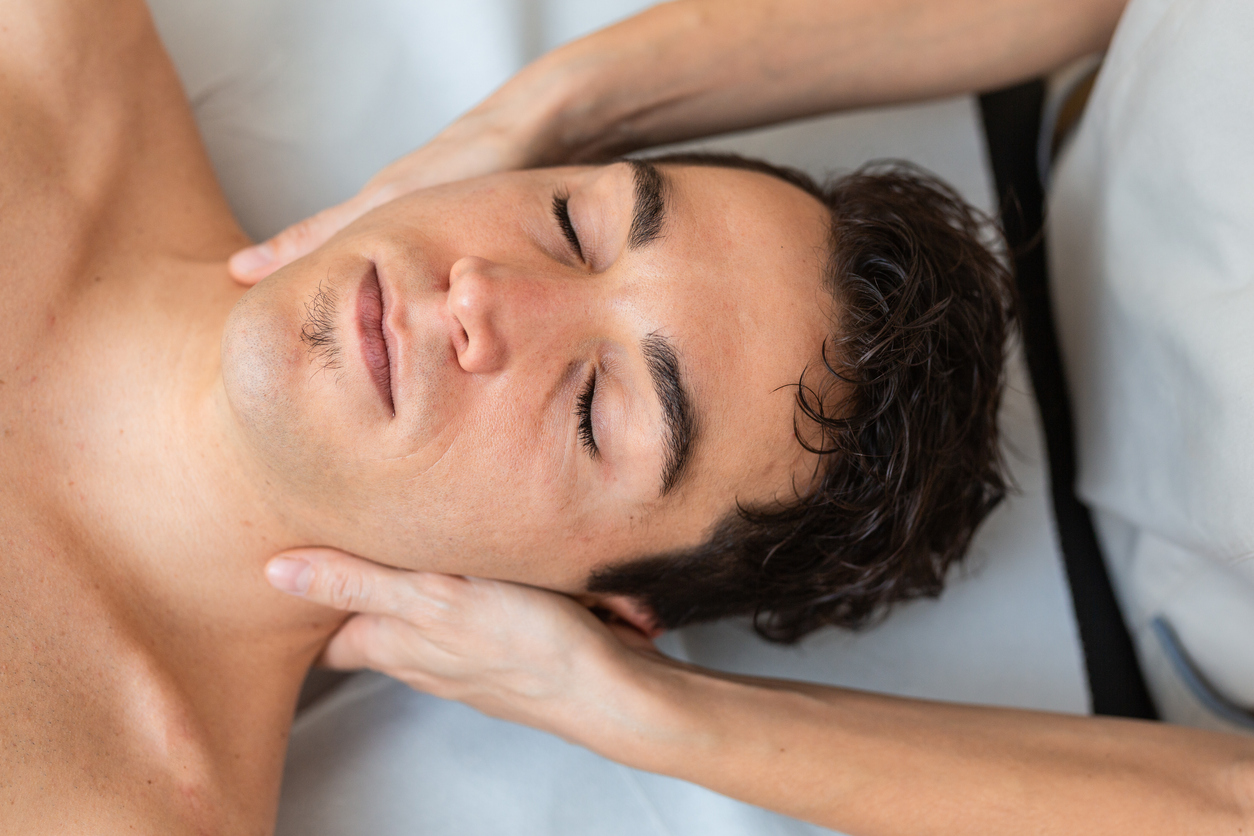La bison hump is a abnormal fat accumulation under the skin at the level of the neck and shoulders. Normally, skin tissue is evenly distributed in all areas of the body. However, this distribution can show abnormalities called lipodystrophies as in buffalo hump disease. This condition may be related to an abnormality in the thyroid gland. In this article, we will see the link between buffalo hump and thyroid.
Brief reminder on the bison hump or "buffalo neck"
Buffalo hump is a term given to thelocalized adiposity at the level of neck and shoulders, which looks like a buffalo hump: a subcutaneous fatty mass accumulated at the base of the neck.
La bison hump belongs to the family of lipohypertrophies (abnormal increases in fatty tissue in certain areas of the body). They can affect different areas of the body: the belly, the chest especially in women, the neck giving the impression of a goitre, the neck and shoulders (posterior cervical area) materializing by the bison hump, forming balls round, mobile fat deposits under the skin.
To differentiate of lipodystrophies, which are characterized by abnormal loss of fatty tissue. They usually affect the face, arms, and buttocks, and appear gradually over months or even years.
If you want to know more about the buffalo hump, click here.
Buffalo hump and thyroid: what is the link?
The buffalo hump may occur for variety of reasonsMore usually due to excessive fat accumulation or hormonal imbalance as in the case of thyroid disease.
La thyroid is a small butterfly-shaped gland found at the base of the neck, just below the Adam's apple. It secretes thyroid hormones which are necessary for the normal functioning of almost every organ in the body. There are two main thyroid hormones: tri-iodothyronine (T3) and tetra-iodothyronine (T4 or thyroxine). These hormones play an important role at all stages of life. They essentially allow the regulation of many processes, including metabolism.
They act on almost all tissues. In fatty tissue, they stimulate lipolysis, which leads to the release of free fatty acids. As a result, total cholesterolemia and triglyceridemia rise while the plasma concentration of LDL cholesterol (Low Density Lipoprotein) decreases. There is also a stimulation of adipogenesis (production of adipose tissue) responsible for the dysmorphic syndrome (facio-troncular distribution of fat, filling of supraclavicular hollows, “buffalo neck or bison hump”).
On the protein level, thyroid hormones accelerate basal metabolism and, consequently, increase the body's consumption of energy and oxygen (O2). We also observe a increased protein biosynthetic activity by production of RNA polymerase I and II.
In summary, an abnormality in the thyroid is responsible for the accumulation of fat in certain areas of the body. When it is located at the level of the neck or the shoulder, we speak of a bison hump.
References
https://www.remedes-de-grand-mere.com/bosse-de-bison-exercices-corriger/



